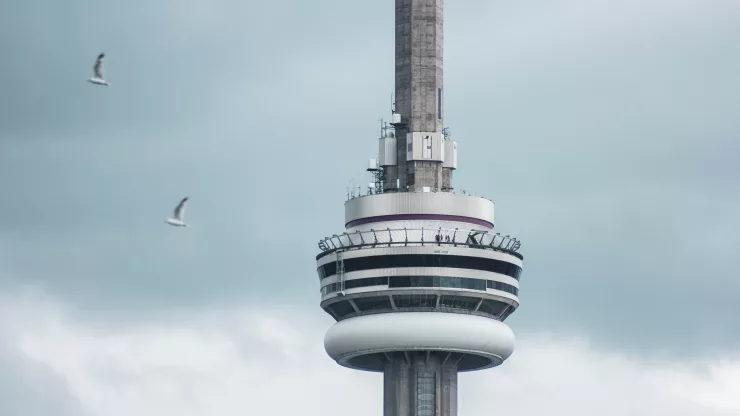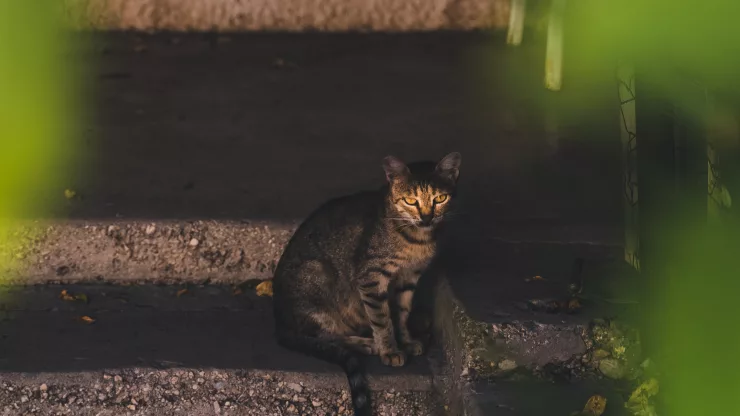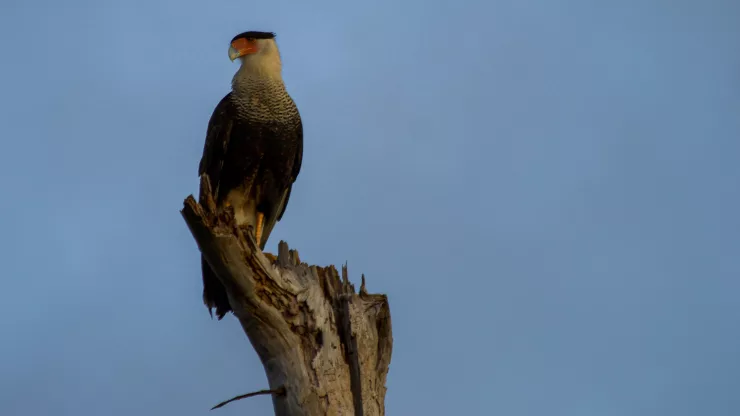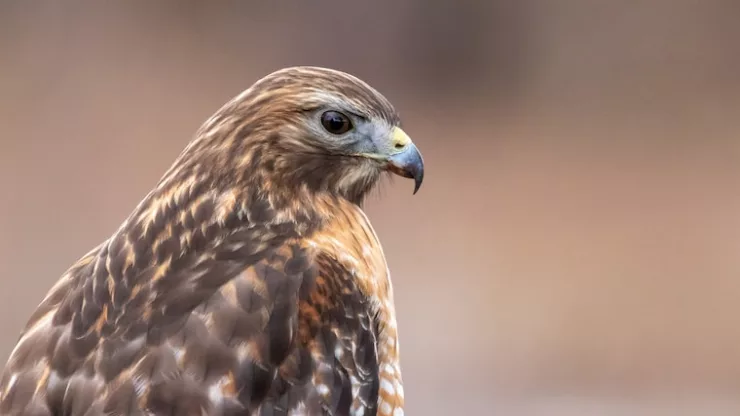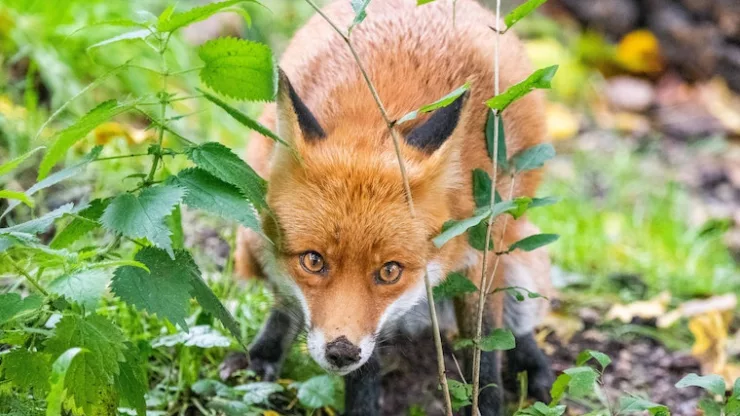Urban Raptors: Majestic Hunters of the Urban Skyline
As cities grow and expand, it’s easy to forget that we share our environment with other creatures.
Among these are the urban raptors, fierce and majestic hunters that soar through the urban skyline.
These birds of prey have adapted to the cityscape in surprising ways and play an important role in our ecosystem. Understanding and appreciating these creatures is essential to promoting healthy urban environments and coexisting with the wildlife around us.
Jump to Section
Introduction: Urban Raptors in the Cityscape
The Surprising Presence of Raptors in Urban Environments
While it may seem counterintuitive, urban environments are home to an increasing number of raptors.
These birds of prey are often drawn to cities because of the abundance of food and nesting opportunities.
The tall buildings and ample green spaces in urban areas provide perfect perches and hunting grounds for these predators.
The Importance of Understanding Urban Raptors
Understanding the presence and behavior of urban raptors is crucial for their conservation and our own safety.
Raptors are essential to maintaining a healthy ecosystem, and their presence in urban areas can be an indicator of environmental health.
Additionally, understanding their behavior can help us mitigate potential conflicts and ensure safe coexistence.
The Urban Raptors: A Closer Look
Identifying the Different Types of Raptors in Urban Areas
Urban raptors come in many shapes and sizes, with different adaptations that make them suited to city life.
Some of the most common raptors found in urban areas include:
- Peregrine falcons
- Red-tailed hawks
- Cooper’s hawks
- American kestrels
- Barn owls
Each species has distinct physical characteristics and behaviors that make them easy to identify.
The Unique Adaptations of Urban Raptors
Urban raptors have unique adaptations that allow them to thrive in cities.
For example, peregrine falcons have been observed nesting on skyscrapers, using the urban environment to their advantage.
American kestrels have been known to hunt insects in urban parks and green spaces, while barn owls have adapted to nesting in abandoned buildings and other man-made structures.
Hunting and Feeding Behaviors of Urban Raptors
Raptors are skilled hunters, and their feeding habits can tell us a lot about the health of the environment.
Urban raptors hunt a variety of prey, including rodents, birds, and insects.
They play an important role in controlling pest populations and maintaining a balanced ecosystem.
The Challenges of Urban Living for Raptors
Human-Induced Threats to Urban Raptors
While urban environments provide many benefits for raptors, they also come with unique challenges.
Human-induced threats, such as collisions with buildings and vehicles, electrocution on power lines, and exposure to toxins, can have a significant impact on raptor populations.
Mitigating the Impact of Urbanization on Raptors
To mitigate the impact of urbanization on raptors, it’s important to take steps to protect their habitats.
This can include creating green spaces and nesting structures, reducing the use of pesticides and other toxins, and implementing policies to reduce the number of collisions with buildings and vehicles.
The Benefits of Urban Raptors in the Cityscape
The Ecological Role of Urban Raptors
Urban raptors play an essential role in maintaining a healthy ecosystem.
They help control pest populations, maintain a balance between predator and prey, and contribute to the overall health of the environment.
The Economic Benefits of Raptors in Urban Areas
In addition to their ecological benefits, raptors can also have economic benefits for urban areas.
For example, birdwatching and eco-tourism can bring in revenue for local businesses and promote environmental awareness.
Urban Raptors and Human Interaction
The Importance of Coexisting with Urban Raptors
It’s important to remember that humans and raptors share the same environment. Coexisting with these predators is essential to promoting healthy ecosystems and reducing potential conflicts.
Best Practices for Observing and Interacting with Urban Raptors
When observing or interacting with urban raptors, it’s important to follow best practices to ensure the safety of both humans and birds.
This includes keeping a safe distance, avoiding disturbing nests, and never attempting to capture or handle these wild animals.
The Role of Citizen Science in Urban Raptors Conservation
Citizen science can play an important role in raptor conservation efforts.
By reporting sightings and participating in monitoring programs, members of the public can help track raptor populations and contribute to our understanding of these majestic birds.
Conclusion: Celebrating the Majesty of Urban Raptors
Urban raptors are a testament to the resilience and adaptability of wildlife in our changing world.
By understanding and appreciating these majestic creatures, we can create healthier and more sustainable urban environments for all.
FAQ
What should I do if I see an injured raptor?
If you see an injured raptor, do not attempt to capture or handle it. Contact a licensed wildlife rehabilitation center or your local animal control agency for assistance.
Are raptors dangerous to humans?
While raptors are predators and have sharp talons and beaks, they are not typically dangerous to humans.
It’s important to give these wild animals their space and avoid disturbing their nests or hunting grounds.
What can I do to help protect urban raptors?
There are many ways to help protect urban raptors, including supporting conservation efforts, reducing your use of pesticides and other toxins, and reporting sightings to monitoring programs.
I’m a nature enthusiast and creator of Metro Wilds and have spent years exploring the great outdoors.
With a passion for environmental conservation and sustainability, I have dedicated my career to writing about the beauty and wonders of nature, as well as the threats facing our planet.
Contact me at [email protected] for assistance.

